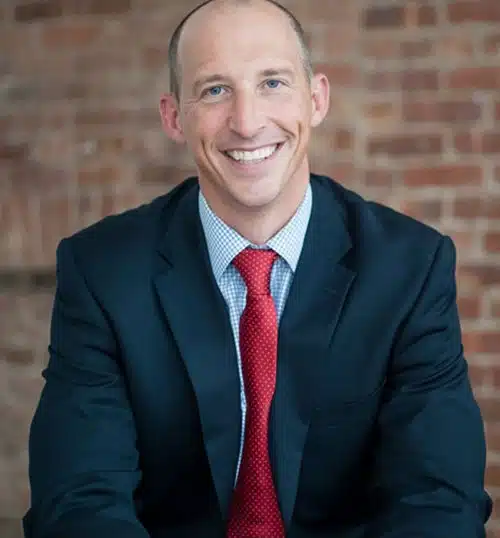A friend of mine recently recommended I read the book Profit First: A Simple System to Transform Your Business from a Cash-Eating Monster to a Money-Making Machine by Mike Michalowicz.
The timing of his recommendation couldn’t have been any better. My business was evolving and was facing a cash flow crisis that I had never expected. Reading Profit First has been a game changer.
Who Should Consider Reading Profit First
Before I explain my experience, let me first clarify who this book might be best for. I highly recommend Profit First to any small business owner, aspiring entrepreneur, or even freelancer or contractor.
The book lays out a process for better accounting and financial management for your business (or freelance income), and gives a simple method for prioritizing the right factors.
If you want to get a feel for what the book covers, Michalowicz shares a helpful summary and overview of his Profit First Formula and explains some of the major concepts in this downloadable PDF you can review.
And if you’re thinking you do a good job managing your personal finances, so you’re all set when it comes to the business finances… you might be falling for the same trap I found myself in, and hurting your ability to grow and become more profitable in the process.
The Money Management Mistake I Made as a New Business Owner
As a Certified Financial Planner and someone with an MBA, I thought managing the cash (and profitability) for my business would be easy. Why wouldn’t it? After all, I thought, how different could personal cash flow and business cash flow really be?
The fact is business cash is different than personal cash, and remarkably so.
When I founded my business and first launched, cash flow was something that was easy to figure out… because I had no cash coming in! I was extremely conservative with the business’ finances and spent only what I had to spend to keep the operation running.
This works when you are in the planning and launching stages for a small business. Things change once you start to bring on customers and develop steady income; in other words, things change when you start adding income to your cash flow.
Initially, I though cash management would be easier when cash actually started coming into the business — and I couldn’t have been more wrong.
The Negative — and Positive — Impacts of Parkinson’s Law
I quickly learned that having cash to spend was its own new problem. Little did I know that I would keep getting stuck as a victim of Parkinson’s Law, and that the excess cash would disappear without any tangible progress — in other words, profit — to show for it.
Author and historian C. Northcote Parkinson theorized that our demand for a resource increases to meet the supply of it. That’s why when we have two weeks to do a project, it takes two weeks. When we are given eight weeks to do the project, even if it’s the exact same, it takes us eight weeks to complete it.
The same idea can apply to how we manage our money for our businesses. When given $1,000 to complete our work, we can get what needs to be done with $1,000. But when we suddenly have $10,000 available to spend to complete the same work, it takes $10,000.
This can be a major trap for business owners — unless you learn how to work with this law instead of against it. Part of what Profit First explains is how entrepreneurs can make Parkinson’s Law an asset.
Here’s how: you take profit first, which lessens the money available for expenses. Entrepreneurs are forced to find ways to get the same things done for less money.
Setting Up a System for Better Business Cash Flow Management
I had no strategic approach of how much to spend on each part of my business. If I had funds available, I would use them to spend on marketing, or technology, or any other need that appeared immediate and urgent — but I didn’t have a method to manage and plan for the business going forward.
I wasn’t sure how much I should be making. I wasn’t sure how much my profit should be. And I didn’t know how much I could really spend on each area of my business.
Profit First provided a good solution: TAPS, or Target Allocation Percentages. These provide the guardrails, or a framework, for what you should be spending. They are different for all businesses (and the author provides these for most businesses), but like anything, if you don’t have a plan or structure in place you will never get ahead.
Here’s a quick rundown of what the TAPs system provides to help entrepreneurs better manage cash in their businesses:
-
Allocations for your cash management (it buckets your spending and uses set percentages to allocate your cash)
-
Rules for setting up separate accounts to help you keep track of what’s going where
-
Guidelines to keep you disciplined with regular cash flow movements between the accounts
Profit First really changed the way I looked at the financial side of my business. Even as a financial planner and an expert in personal financial management, I recognize managing money for a business you hope to grow and make successful is a completely different arena.
If you are a business owner, I highly recommend you read this book — and in the meantime, you can learn more by checking out Mike Michalowicz’s website and the free resources available there.




